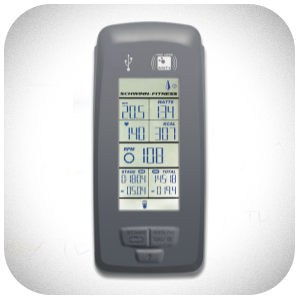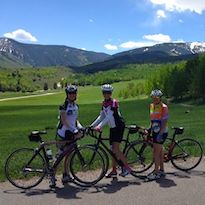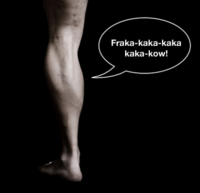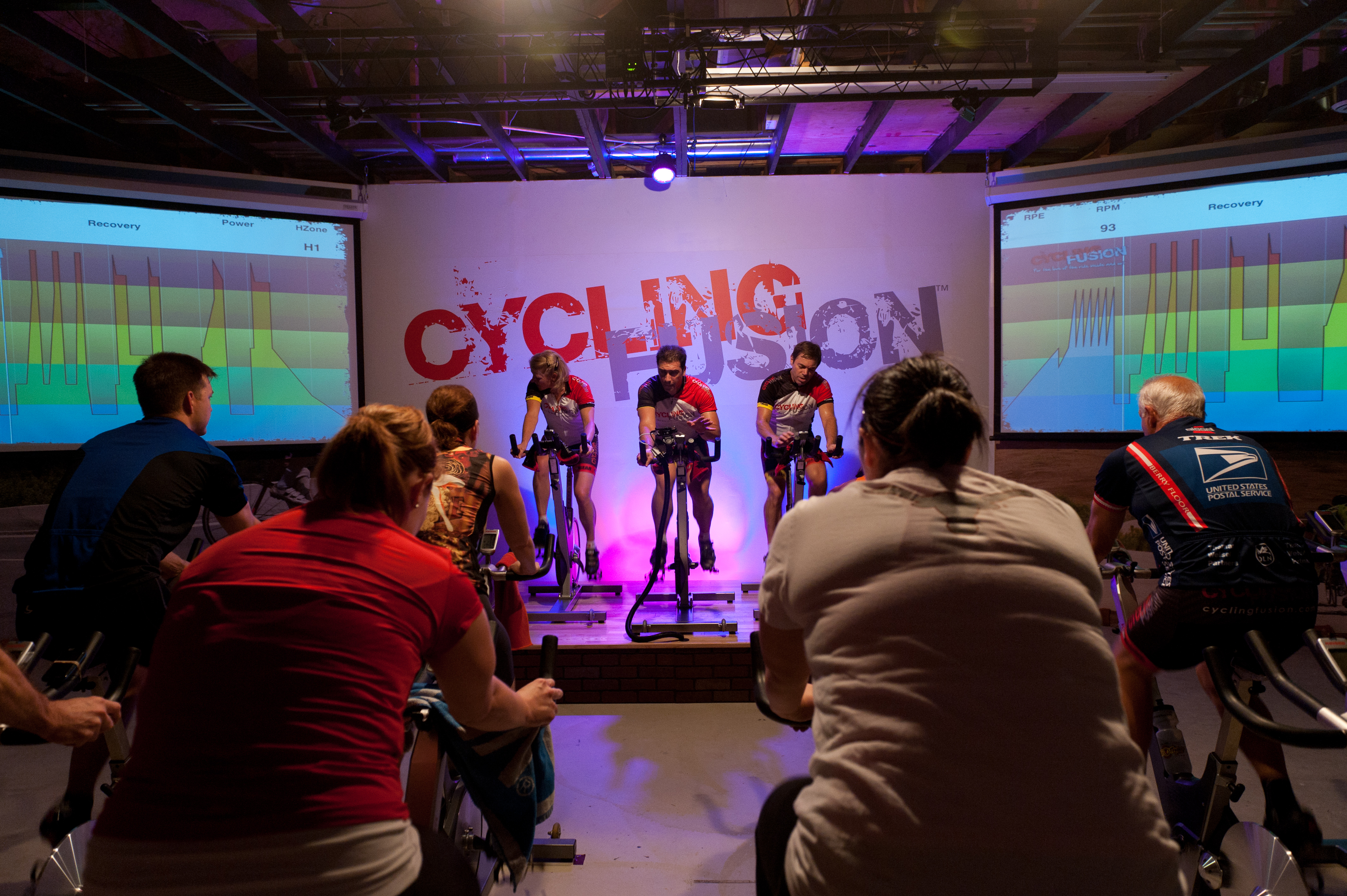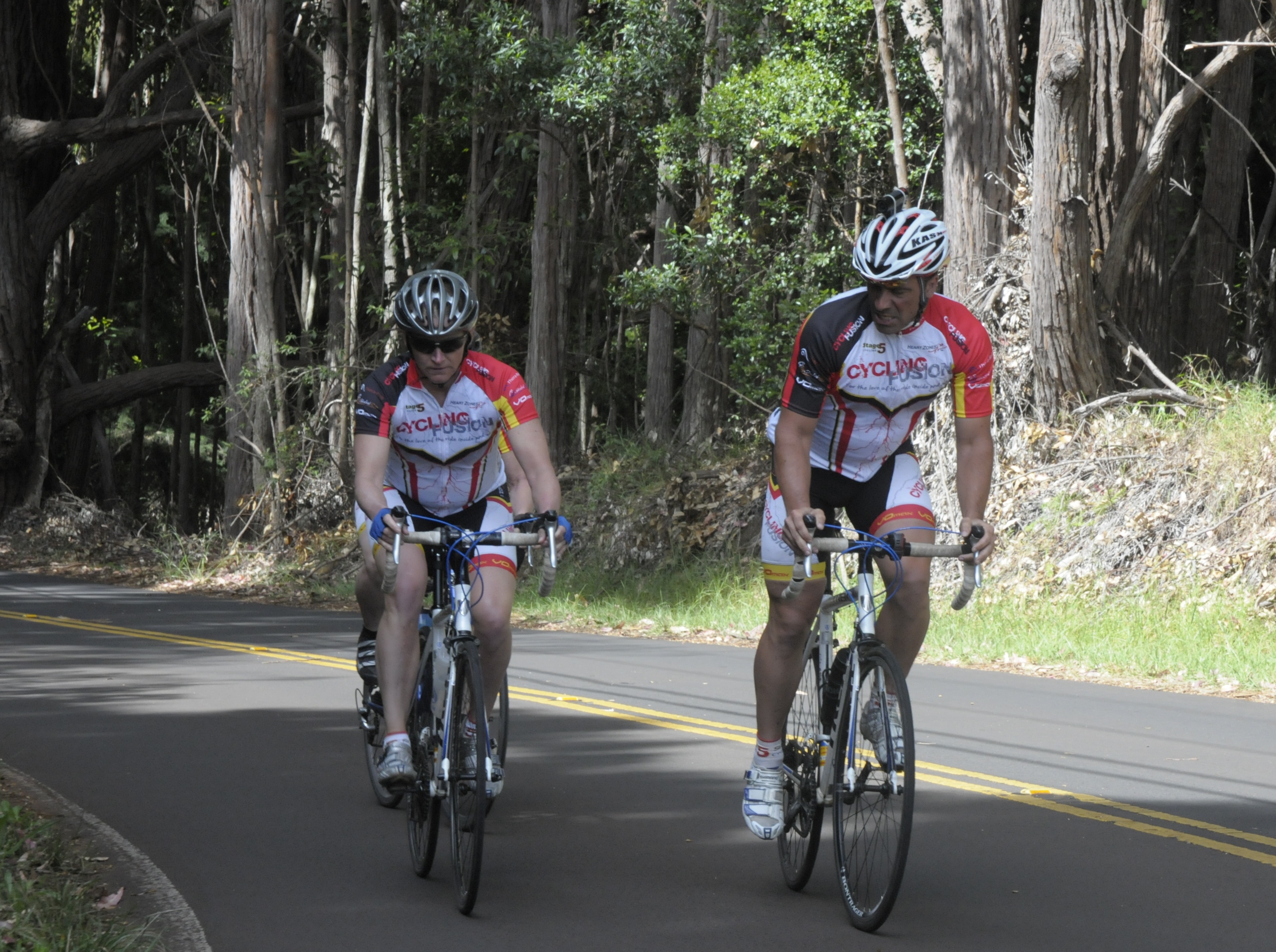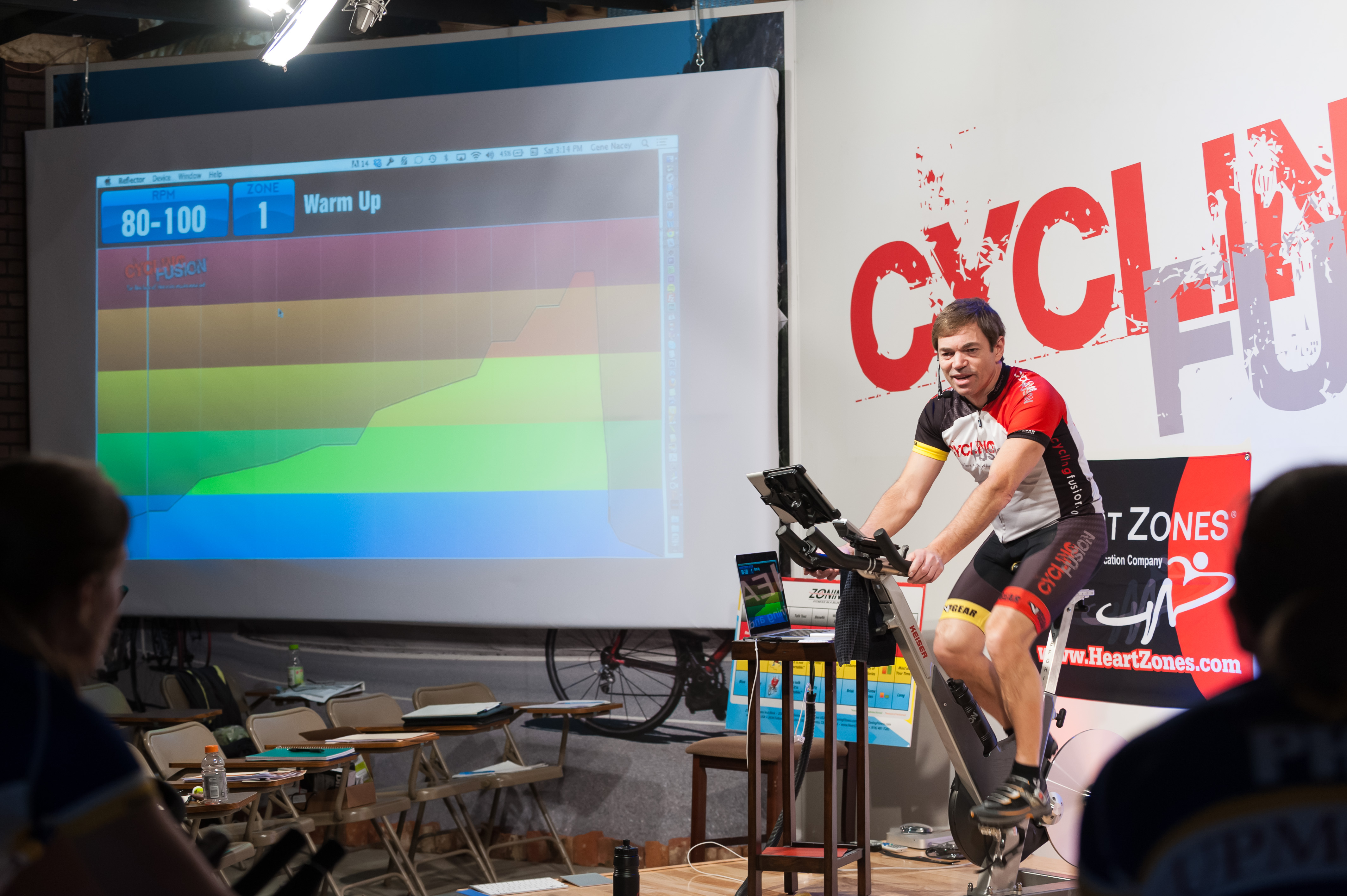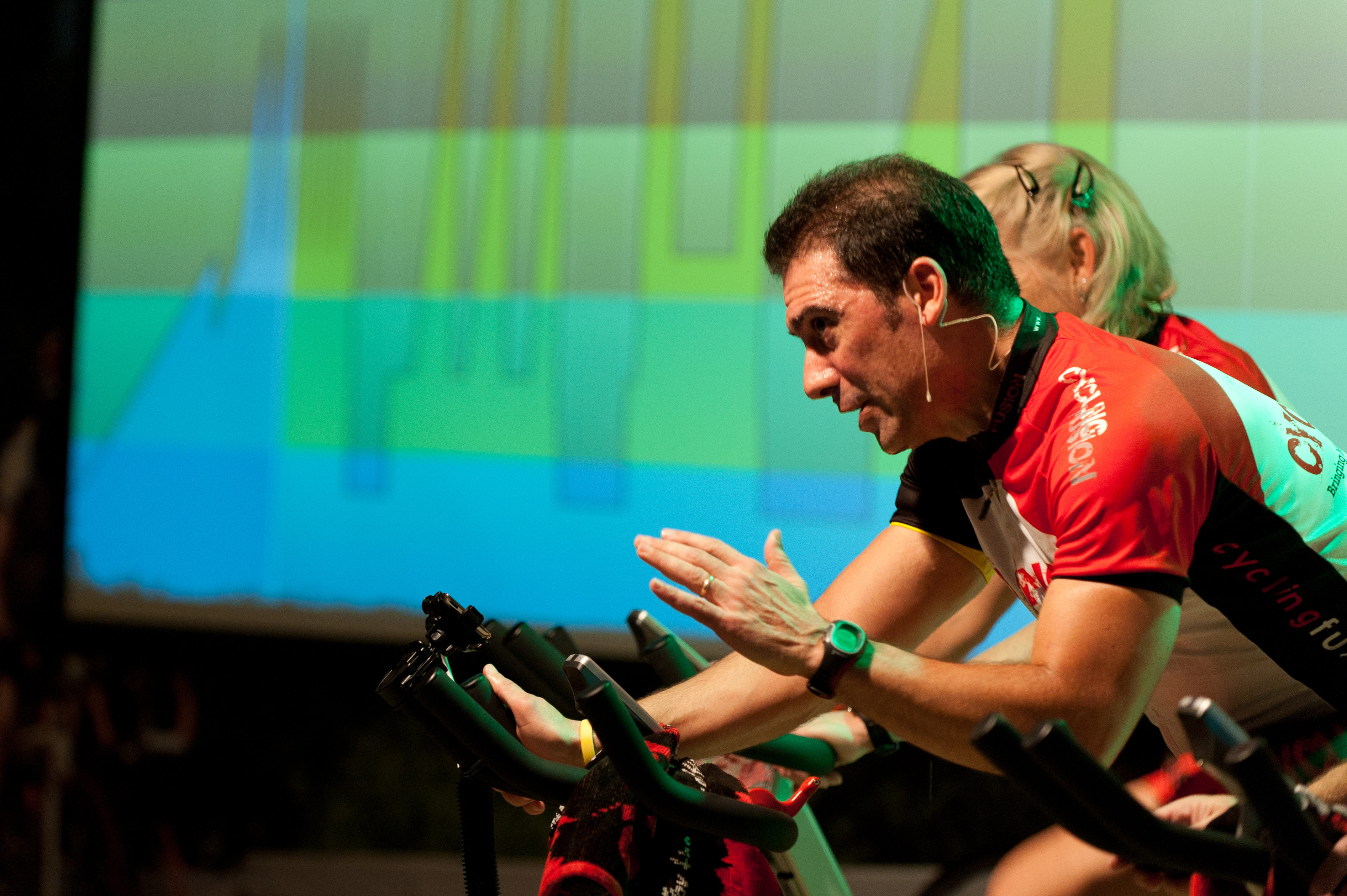Audio Master Class: Progressive Hill Repeats to Pretend You Have Power!
If you’ve ever been frustrated about riders who seem to cheat about the amount of work they are doing, or how to coach your riders to add enough resistance to do appreciable work (and get the results they want)…then this is your profile! The audio for this profile is a veritable continuing education session, so get ready to learn a lot!Read more…

